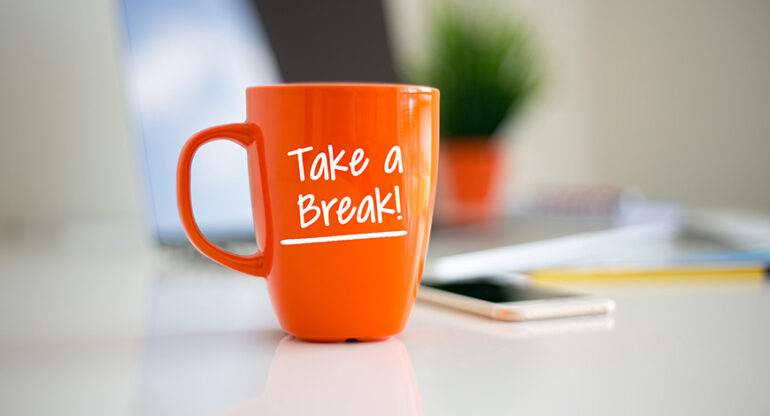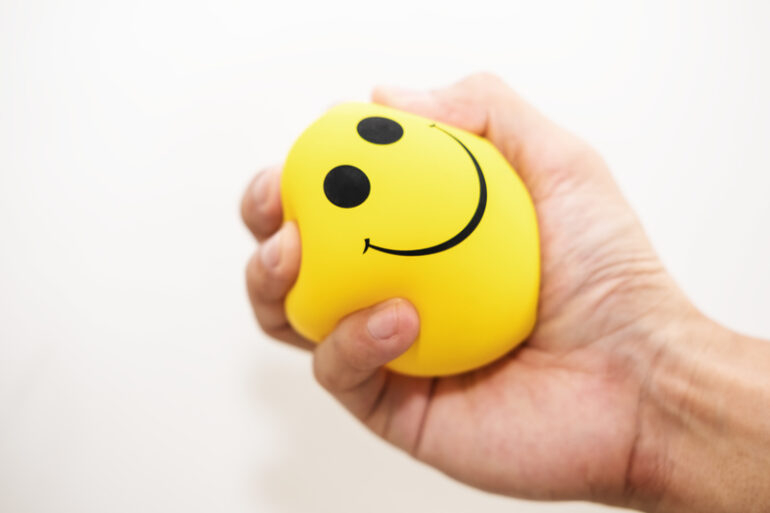While some people are able to cope better with stress, others feel anxious. Students at university are constantly under pressure. It’s hard to cope with the crammed schedules, limited sleep hours, and long nights spent studying. It is important to learn ways to de-stress when you need it. Nowadays we have some sources such as RankMyService.
You are probably aware of the many negative effects stress can have on your body. Anxiety can lead to serious health problems. These stress management strategies are easy to use and can be very helpful. They are easy to do anywhere. CDB (CBD Oil and CBD Gummies) can be very helpful in reducing stress and sleep.
Take a break

Although it sounds simple, it is a very effective way to relax. Many college students experience anxiety and need to find a way to let it go. A proven way to relieve anxiety is to take a break.
You should not take too many breaks. Scientists recommend taking a 5-minute break after each 45-50 minutes of study. However, it shouldn’t take more than that. You don’t have to take a break every hour of studying. However, this doesn’t mean you should watch TV all day. Walking in nature, listening to calming music, or just hanging out with friends are all great ways to reduce anxiety. These activities will help you relax and allow you to get back to your daily activities.
Progressive Muscle Relaxation

Another great stress management technique that works is the Progressive Muscle Relaxation. Progressive Muscle Relaxation (also known as PMR) will allow you to relax your muscles. These muscles tend to tighten when you are anxious. Your whole body will become stress-free with enough practice. This deep relaxation technique has been in use since the 1930s. It is used by many doctors in their daily practice.
It involves relaxing a group of muscles and then tensing them. It is best to start with your legs and work your way up to the face. You only need 10 to 20 minutes of quiet time and a quiet area to practice PMR. You can do it seated or laying down. It can be done before bed, before or after a test. It can help with insomnia, migraines, high blood pressure, and other conditions. You will experience deep, relaxing sleep after the PMR.
Stress Relief Strategies

Breathe
Deep breaths can help you calm down when you feel overwhelmed by your to-do lists or worries. Take a deep breath in through your nose and hold it for a while. Next, exhale slowly through the mouth. Continue this process until you feel better.
Slow, deep, controlled breathing can stop stress from taking hold and restore your energy and focus. Breathing can be a great way to reduce stress anywhere and anytime. As you breathe, you can repeat a soothing phrase in your head such as “inhale calm” or “exhale stress”.
Laugh

A roaring laugh is more infectious than any sniffle, cough, or sneeze. Humor and laughter have many benefits, and it’s also fun!
People who have a sense of humor are more likely to have a stronger immune system.
- People who laugh regularly have lower blood pressure than the average person. People who laugh often have their blood pressure decrease initially, but increase as they get more serious. The body receives oxygen-enriched blood and nutrients through deeper breathing.
- Laughter can be a good exercise for your abdominal, respiratory and facial muscles, as well as your back and diaphragm. It can massage the abdomen organs and tone the intestinal function. A hearty laugh can burn more calories than a few minutes on the exercise bike or rowing machine.
- Laughter stimulates both the left and right sides of your brain to improve learning. It reduces muscle tension and psychological stress. This keeps the brain active and helps people retain more information. Laughter can also lift moods.
Infuse humor and laughter into your everyday life. You can watch funny TV shows and YouTube videos, listen to or read funny radio programs, and view funny YouTube videos. Spend time with people who make you smile and help you see the good side of things. Play!

Talk to yourself
The quality of our lives and the effectiveness of our work can be affected by what we think about ourselves. While you cannot change the fact that stressful events do happen, you can alter how you respond to them.
- What messages are you sending yourself when you’re under stress? Are they alarming (“Oh my God, this is terrible!”) or reassuring (“I can handle it”)
- How do you explain bad things to yourself when they happen? Do you generalize (“Life is a pain, it’s always like this”)
- What do you say to yourself when good things happen? Do you think it’s just chance? Give yourself credit
- It is possible to reduce stress by being positive and reassuring to yourself. It takes practice but it is worth it.

These are some strategies that you might consider:
- Use milder words: Changing powerful negative words into more neutral ones can help to neutralize your experience. You should not use words such as ‘hate’ or ‘angry (as in: “I hate traffic!”). It makes me mad!
- Rethink your mental complaints about negative things. Try to find a positive or neutral interpretation. You might see a cancellation of plans at the last moment as a negative. However, what you do with your schedule now is up to you.
- Answer Questions to Change Statements: Limiting statements such as “I can’t manage this!” Or “This is impossible!” They are especially harmful because they increase stress levels and prevent you from looking for solutions.
It takes practice to develop positive self-talk. To support your efforts, surround yourself with positive people and music.
Conclusion
These exercises can be done alone or in combination with another stress-relieving method. Deep breathing, which is a great way to unwind through breathing, can be a great way to practice it.

